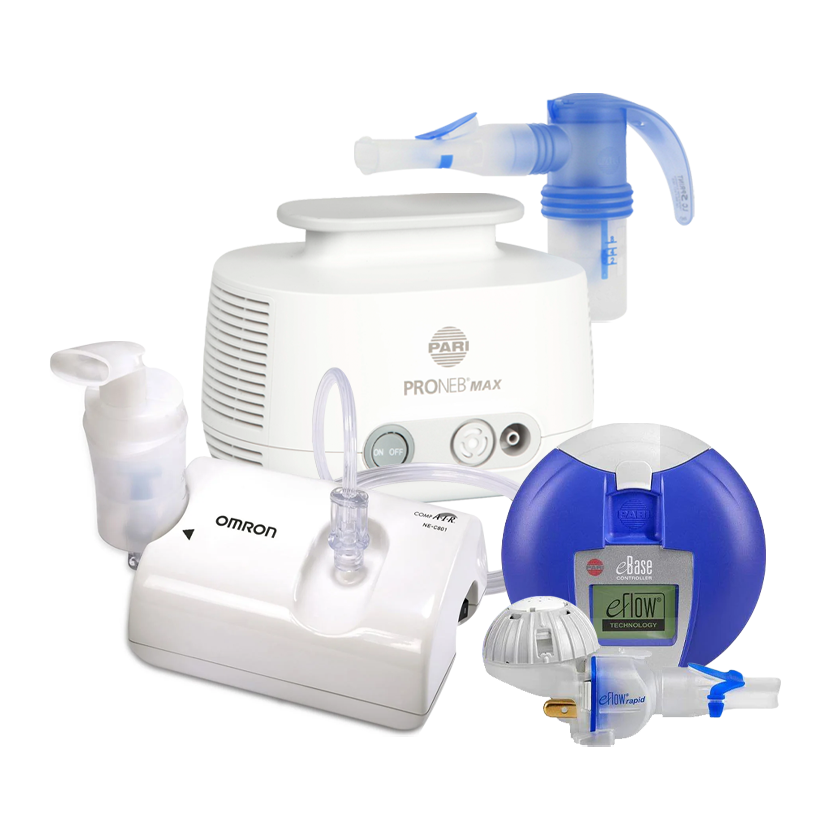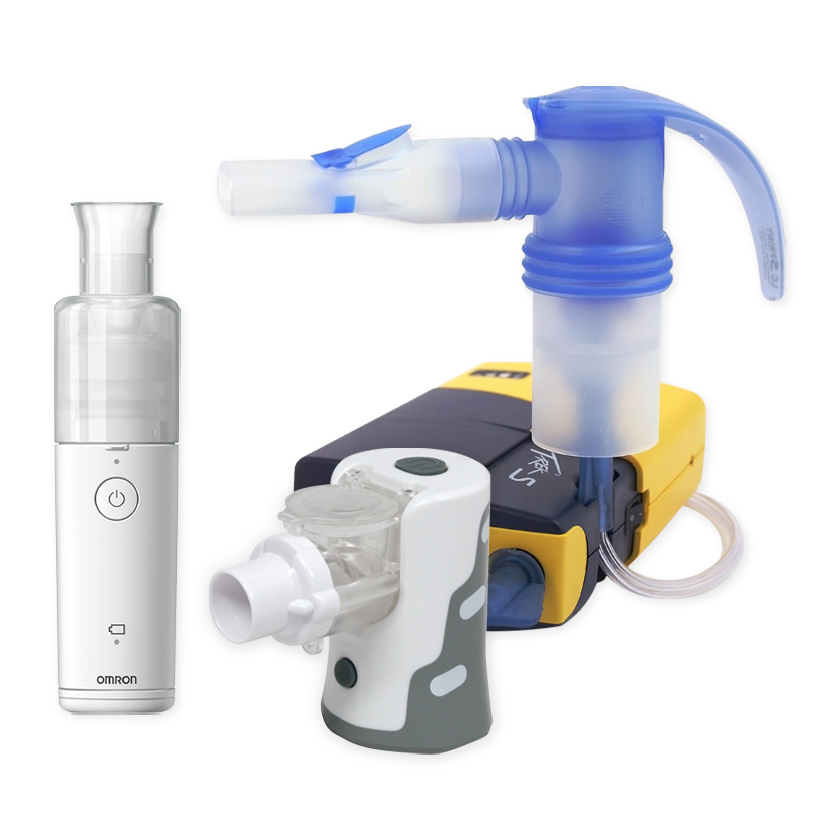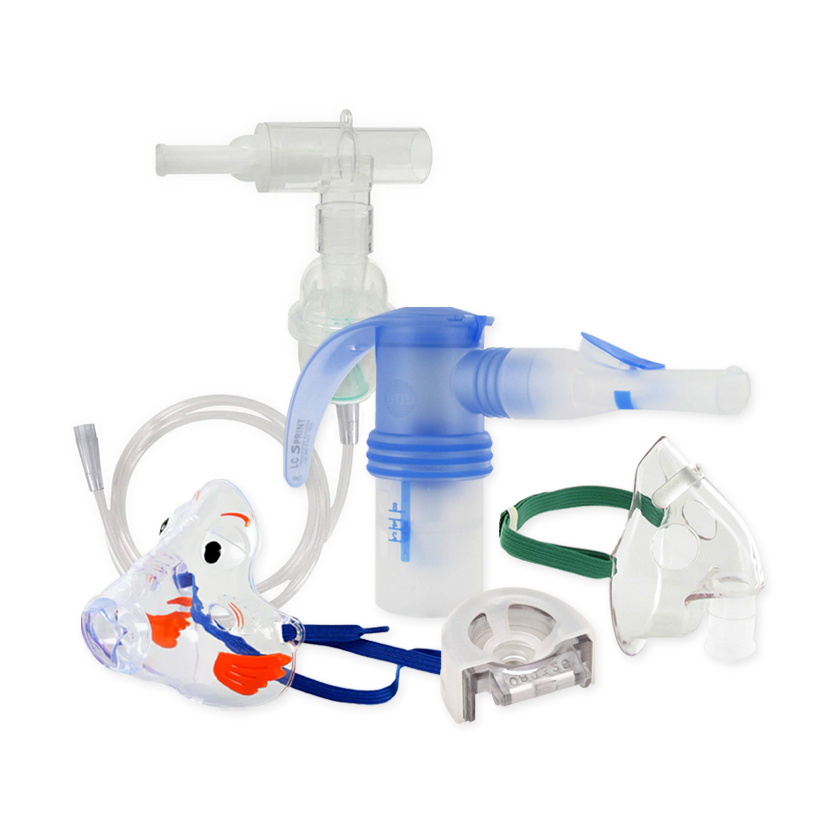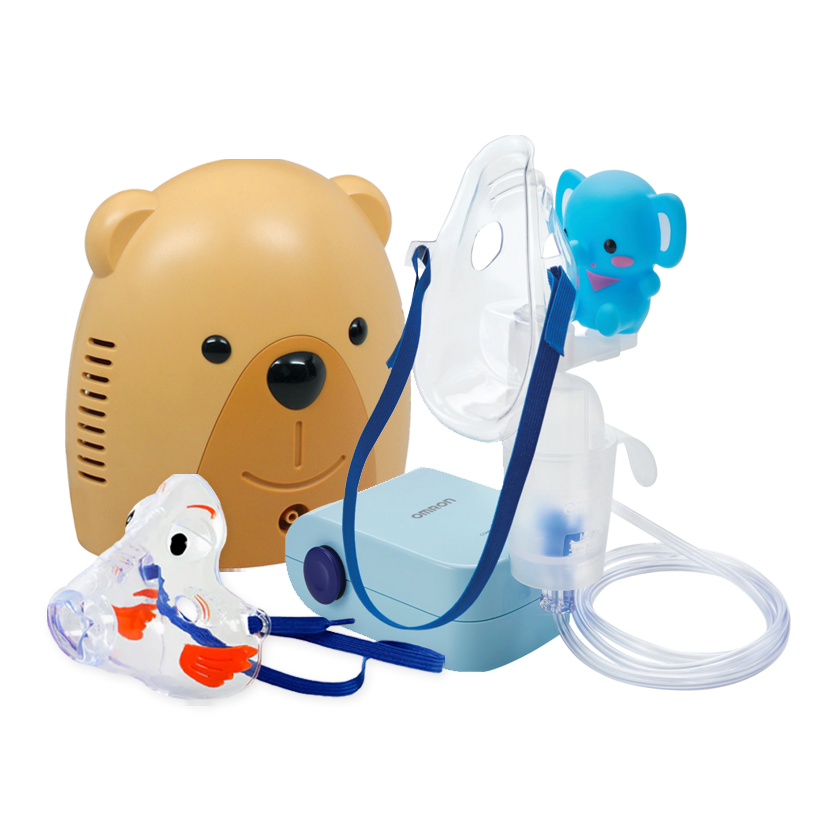Your Cart is Empty
Free Shipping on all orders over $75!
Menu

Free Shipping on all orders over $75!
Nebulizer Systems
Travel Nebulizers
Nebulizer Accessories
Just For Kids
Oxygen Supplies
Intranasal Nebulizer Treatments
June 11, 2012 1 min read
Most nebulizer treatments are predominantly inhaled through the mouth using a mouthpiece or mask. Another way to administer the treatment exists, however, using a nasal adapter to direct the aerosol into the upper airways. While use is not typical, intranasal delivery of nebulized medication has shown higher success rates when used to treat nasal allergies and rhino sinusitis (congestion, postnasal drip, pressure and pain on face and forehead).
When to Consider an Intranasal Treatment:
- In the past, intranasal treatments were only considered after exhausting all other options (sinus surgery, oral antibiotics)
- Now, intranasal nebulizers are tried before sinus surgery to improve rhino sinusitis symptoms
- Consider intranasal treatment options after consulting your doctor
Why Use Intranasal Treatments Over Traditional Nebulizer Treatments?
- It's the only way to effectively reach the upper airways where medication deposition doesn't occur during a regular nebulizer treatment
- Intranasal treatments have shown a very consistent particle size able to reach the infected tissue in the upper airways
- Meant as a way to combat sinusitis after oral antibiotics and sinus surgery have failed
- Intranasal treatments have shown higher success rate and longer lasting results – 300% longer than other nebulizer treatments
Nebulizer systems like the PARI SinuStar are specifically designed to treat the upper airways. This PARI nebulizer is the only FDA approved system for aerosol treatments for the upper airways. Be sure to consult your doctor about this type of treatment if you suffer from rhino sinusitis or continual nasal allergies.
Subscribe
Sign up to get the latest on sales, new releases and more …
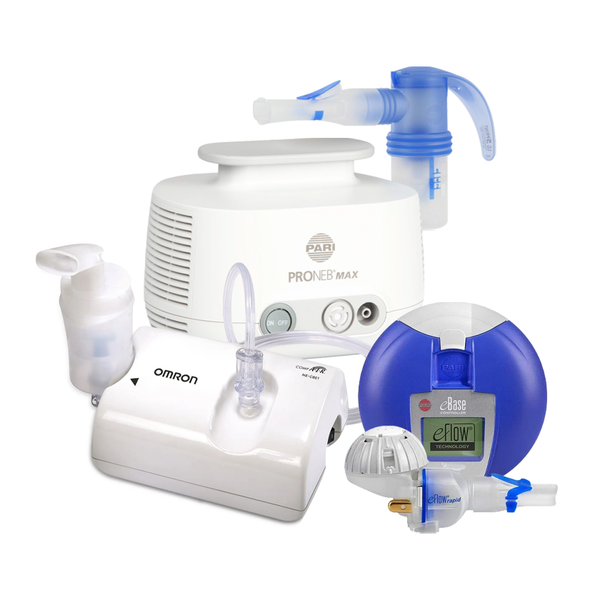
NEW CUSTOMERS SAVE $5 OFF YOUR FIRST PURCHASE OF $20 OR MORE
Code will be sent to email entered if applicable
SIGN UP FOR FUTURE SALES, NEW PRODUCTS AND ANNOUNCEMENTS
{"themeColor":"#061f77","iconColor":"#061f77","showLogo":true,"topBottomPosition":0,"rightLeftPosition":5,"iconSize":"large","iconCustomSize":64,"position":"middle-right"}
